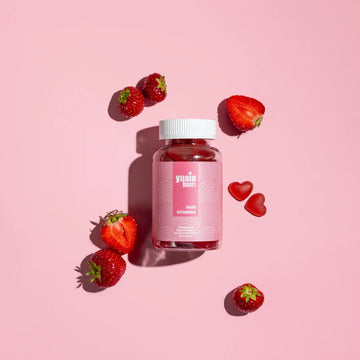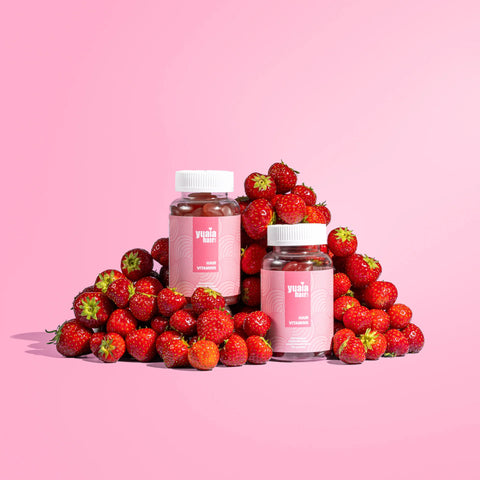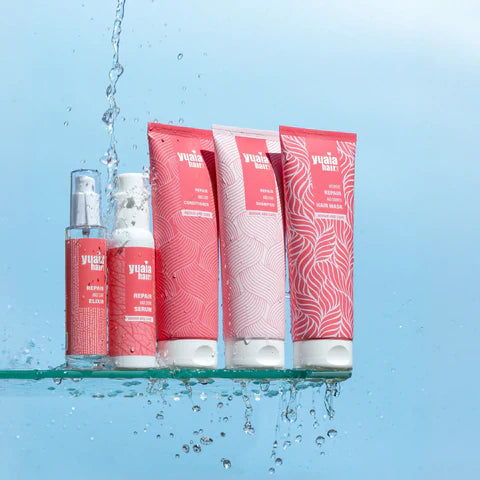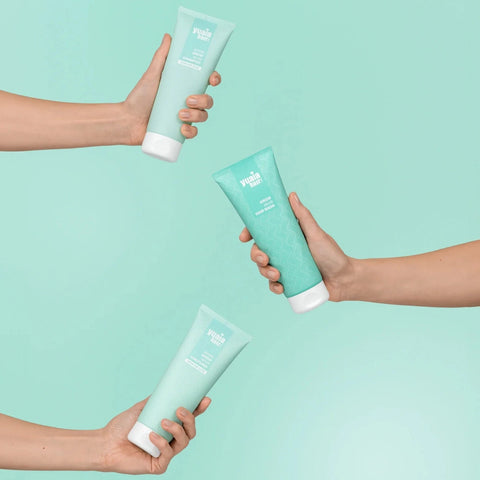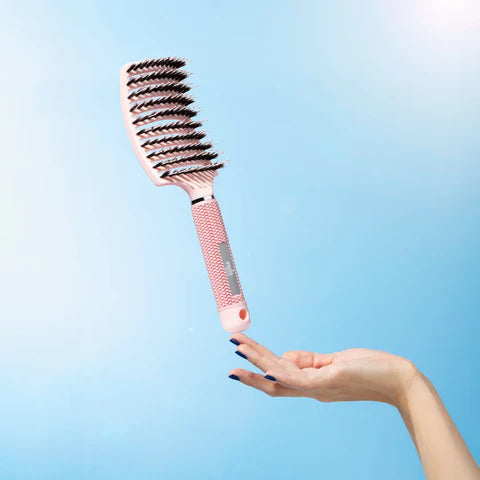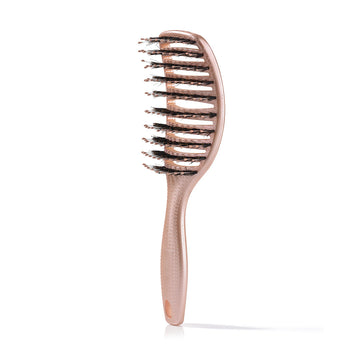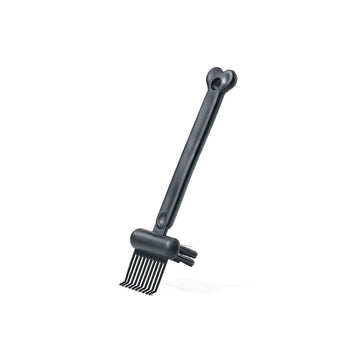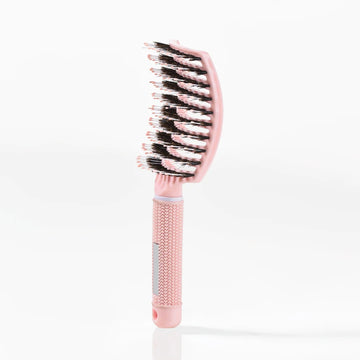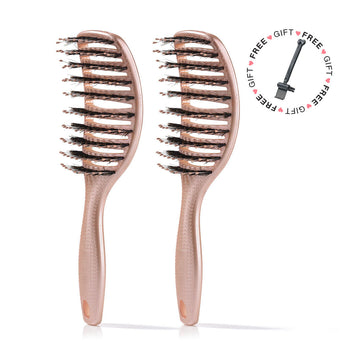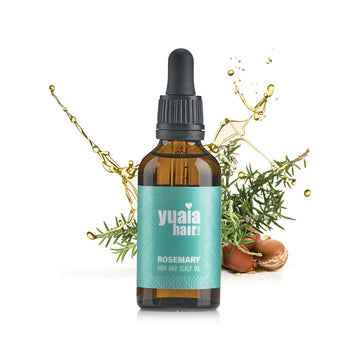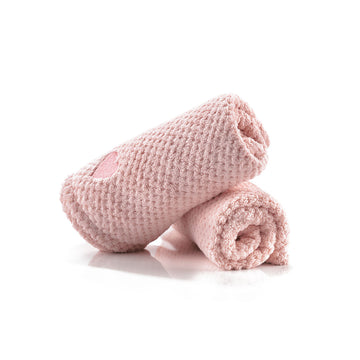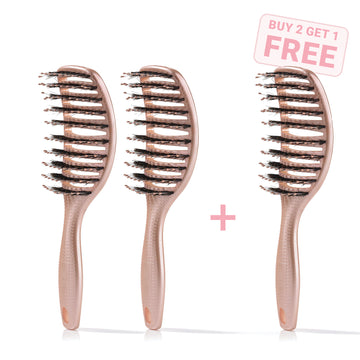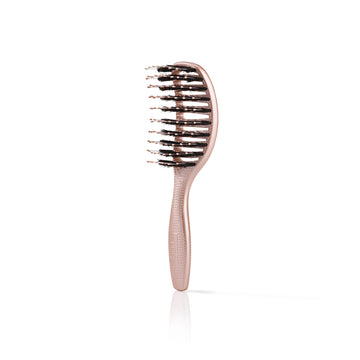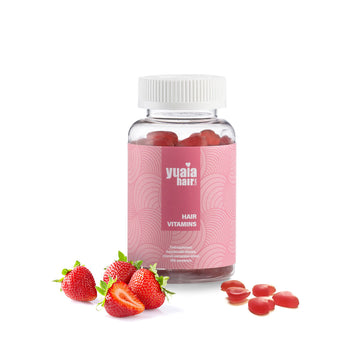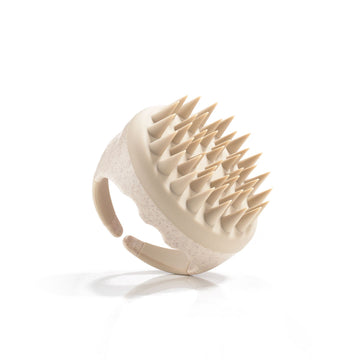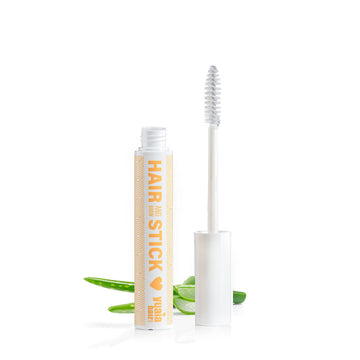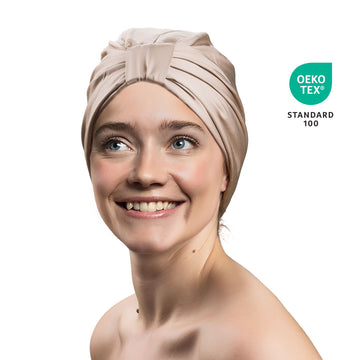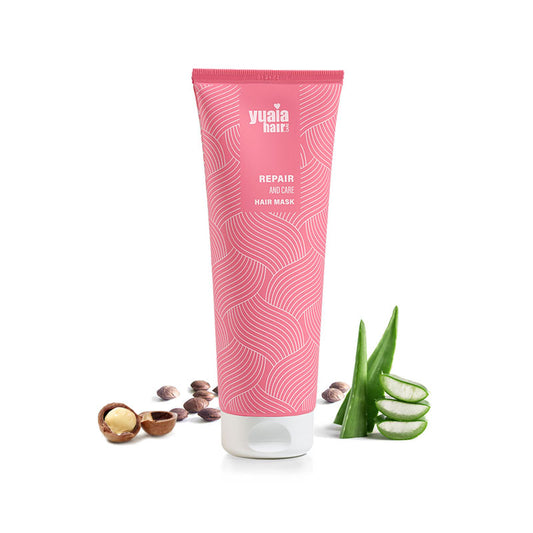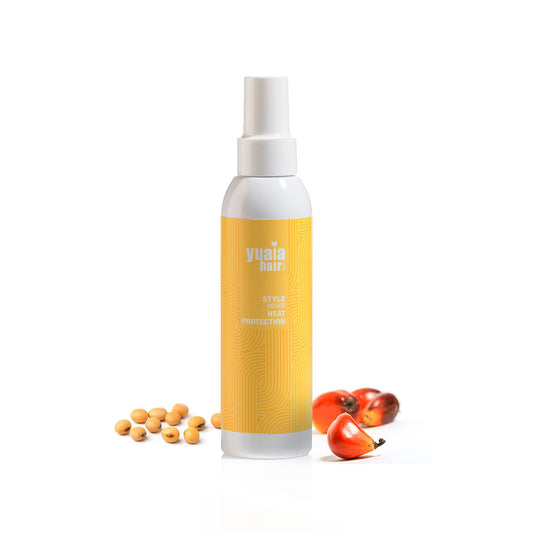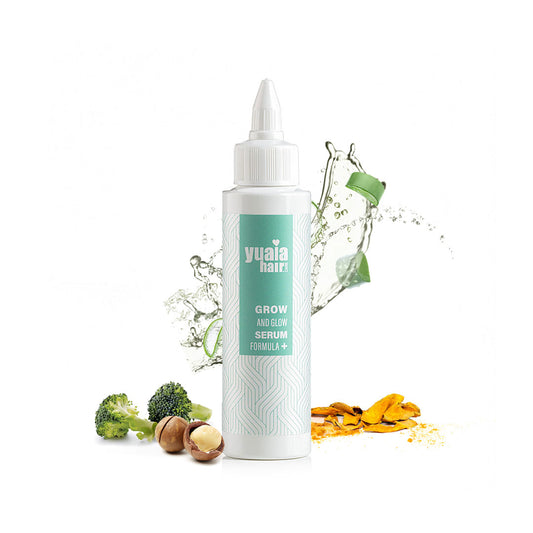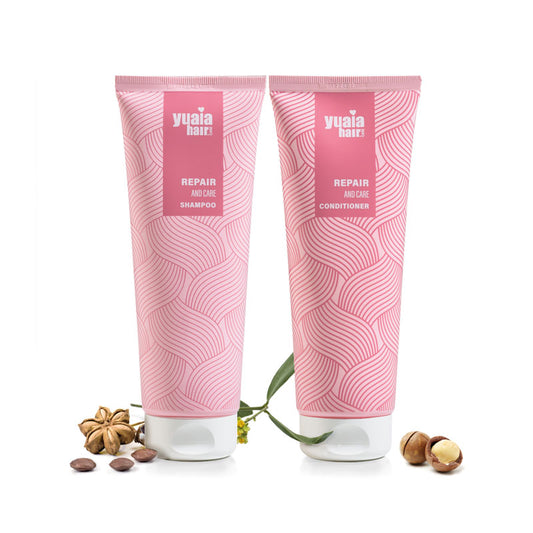
How to fix sun damaged hair
Repairing sun-damaged hair takes patience, consistency, and a gentle approach, but it is possible to regain softness, shine, and strength with the right care. Sun damage often occurs after prolonged exposure to UV rays, which dry out the hair, make it brittle, and fade its color. The first step in recovery is to create the right conditions for your hair to become strong and healthy again
Start by trimming off split ends. Removing them prevents further splitting up the shaft and gives your hair a healthier base to grow from, helping it look fuller and stronger immediately.
Then use moisturizing hair masks one to two times a week. They help restore moisture balance, smooth the cuticle, and make hair more manageable. You can also add protein or strengthening treatments to rebuild the inner structure and prevent new damage—but use them sparingly, as too much protein can make hair stiff and brittle.
Natural oils such as argan, coconut, and jojoba can nourish, add shine, and lock in moisture. Apply a leave-in conditioner or serum daily to protect against environmental stress and keep hair hydrated. Avoid heat styling and chemical treatments while your hair recovers, and support the healing process from within with a nutrient-rich diet and plenty of water.
How to prevent sun damage going forward
Preventing sun damage is much easier than repairing it, so it’s smart to make sun protection a natural part of your haircare routine all year round. You can protect your hair by:
- Wearing hats or scarves during the sunniest hours to shield it from direct UV rays.
- Applying leave-in sprays or hair sunscreens with UV protection to create a barrier and lock in moisture.
- Rinsing your hair thoroughly after swimming in salt or chlorinated water to remove drying residues.
- Limiting the use of heat styling tools during warmer months, as they can worsen dryness and make hair more porous.
- Choosing gentle, sulfate-free shampoos that preserve the hair’s natural oils and strength, helping it resist future sun exposure.
Recovery routine and timeframe
Recovery takes time. A typical plan looks like this:
- Week 1: Get a trim, begin weekly hair masks, stop heat styling.
- Weeks 2–4: Continue deep conditioning, add protein treatment every 2 weeks.
- Weeks 5–8: Maintain weekly masks, reintroduce styling gradually with heat protectant.
Expect visible improvement in shine, smoothness, and strength after 6–8 weeks.
When to seek professional treatments
If hair has severe breakage, feels gummy when wet, or won’t hold style, salon help may be needed. These signs indicate structural damage that at-home care might not be able to fix fully.
Professionals can use bond-repair treatments, glossing, or keratin to rebuild strength and smoothness, and they can assess the exact level of damage to customize treatments. They may also recommend deep salon conditioning, protein reconstruction sessions, or a series of trims over time to gradually remove the most damaged parts while encouraging healthier growth.
Common myths and mistakes
“More protein is always better” - Overuse can make hair stiff and brittle. Protein is helpful, but too much can overload the hair, leading to breakage and making it less flexible. Always balance protein with moisturizing treatments.
“Trimming won’t help” – Trims stop splits from travelling up the hair shaft and worsening the condition. Regular micro-trims help maintain length while removing the most damaged ends, improving overall appearance.
“Sun can’t really damage hair” – UV breaks down keratin just like bleach can, weakening the structure. Sun exposure also fades color and roughens the cuticle, which can make hair look dull and frizzy if left unprotected.
“Daily washing fixes it” – Overwashing strips protective oils, making damage worse. Washing too often can also dry out the scalp, leading to further imbalance. Instead, wash every few days with a gentle, sulfate-free shampoo and follow with conditioner to restore moisture.
Product and ingredient guide
Look for:
When caring for sun-damaged hair, focus on ingredients that restore moisture, strengthen the structure, and protect against future damage:
- Moisturizing ingredients like glycerin, aloe vera, panthenol, and hyaluronic acid draw water into the hair shaft, improving elasticity and making strands softer and more flexible.
- Oils such as argan, coconut, jojoba, marula, and avocado smooth the cuticle, reduce frizz, and create a protective barrier that locks in hydration.
- Proteins including keratin, hydrolyzed wheat proteins and silk proteins help rebuild weakened strands from within, support the internal structure, and reduce breakage.
- UV filters like benzophenone-4, ethylhexyl methoxycinnamate, octinoxate, and ethylhexyl salicylate protect hair from harmful rays, prevent further protein breakdown, and minimize color fading.
- Antioxidants such as vitamin E and green tea extract neutralize free radicals generated by sun exposure and reduce oxidative stress that can make hair dull and weak.
- Emollients such as shea butter and mango butter coat the hair shaft, smooth the surface, reduce friction damage, and improve softness and shine.
Avoid:
To support recovery, stay away from products and habits that can worsen existing damage:
- Sulfates and other harsh surfactants that strip natural oils and make hair drier and more brittle.
- High-heat styling tools that can lift the cuticle and intensify dryness.
- Bleaching and high-peroxide products that can seriously weaken already stressed strands.
- Alcohol-rich styling products that dry out the hair shaft.
- Strong clarifying shampoos that can strip protective lipids and disrupt the hair’s natural barrier.
The path back to healthy hair
Sun-damaged hair can be revived with patience and care. Focus on moisture, strength, and protection, and build habits that shield your hair from future UV damage. With the right approach, your hair can regain its shine, softness, and resilience. repair
Frequently Asked Questions
Can sun-damaged hair be fully repaired?
While you can significantly improve the look and feel of sun-damaged hair with consistent care, some damage—especially split ends and severe breakage—can only be removed by trimming. Regular moisturizing, protein treatments, and protective habits can restore softness and shine, but the healthiest hair will grow in over time as you maintain good routines.
How long does it take to see results from repairing sun-damaged hair?
Most people notice visible improvements in shine, smoothness, and strength within 6–8 weeks of following a dedicated recovery routine. Trimming split ends, using weekly masks, and avoiding further damage are key steps for faster results.
What ingredients should I look for in products for sun-damaged hair?
Look for moisturizing ingredients like glycerin, aloe vera, panthenol, and hyaluronic acid; strengthening proteins such as keratin and hydrolyzed wheat protein; nourishing oils like argan and coconut; and UV filters to protect against further sun damage.
Is it necessary to avoid heat styling completely when recovering from sun damage?
It's best to minimize or avoid heat styling while your hair recovers, as heat can worsen dryness and breakage. If you must use heat tools, always apply a heat protectant and keep the temperature as low as possible.
Can natural oils help protect hair from sun damage?
Yes, natural oils like argan, coconut, and jojoba can help lock in moisture, smooth the cuticle, and provide a light barrier against environmental stressors, including sun exposure. However, for full UV protection, use products specifically formulated with UV filters.

 2-5 day delivery
2-5 day delivery
 25.000+ satisfied customers
25.000+ satisfied customers
 Satisfaction Guarantee
Satisfaction Guarantee



